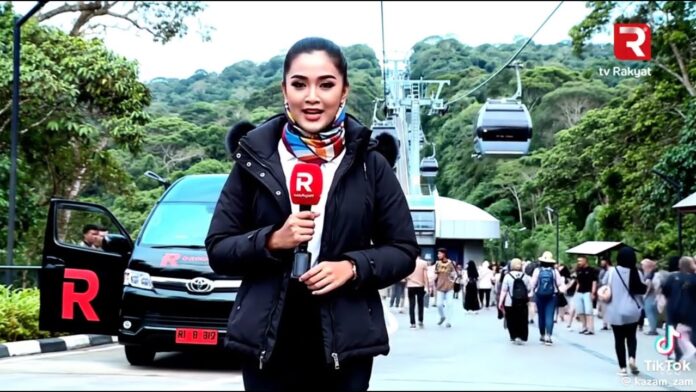I was so shocked… I explained to the auntie that the video was made by AI and not real.
— @dyaaaaaaa._, a hotel employee, via Threads
The woman was reportedly upset and said she planned to sue the journalist featured in the video. But the hotel employee had to break the news: the reporter was also AI-generated. “Why would anyone want to lie?” the woman replied. “There was even a reporter (in the video).”
This wasn’t an isolated incident. Another social media user reported their parents spent RM 9,000 (around $2,120 USD) to rent a van for the same trip, believing the video to be real. Reports suggest the video went viral across Malaysian social platforms before eventually being taken down due to public backlash.
The situation raises important questions about the growing realism of AI-generated video content. If ordinary travelers can be misled by videos that seem indistinguishable from real-life footage, what does that mean for digital media going forward?
Cases like this show that while generative video tools can be powerful for creativity, they also introduce risks around misinformation, especially when viewers are unaware of how convincing synthetic content can be. Personally, I think that as these tools become more accessible, we may need better labeling, regulations, or education to help viewers distinguish real from fake.
